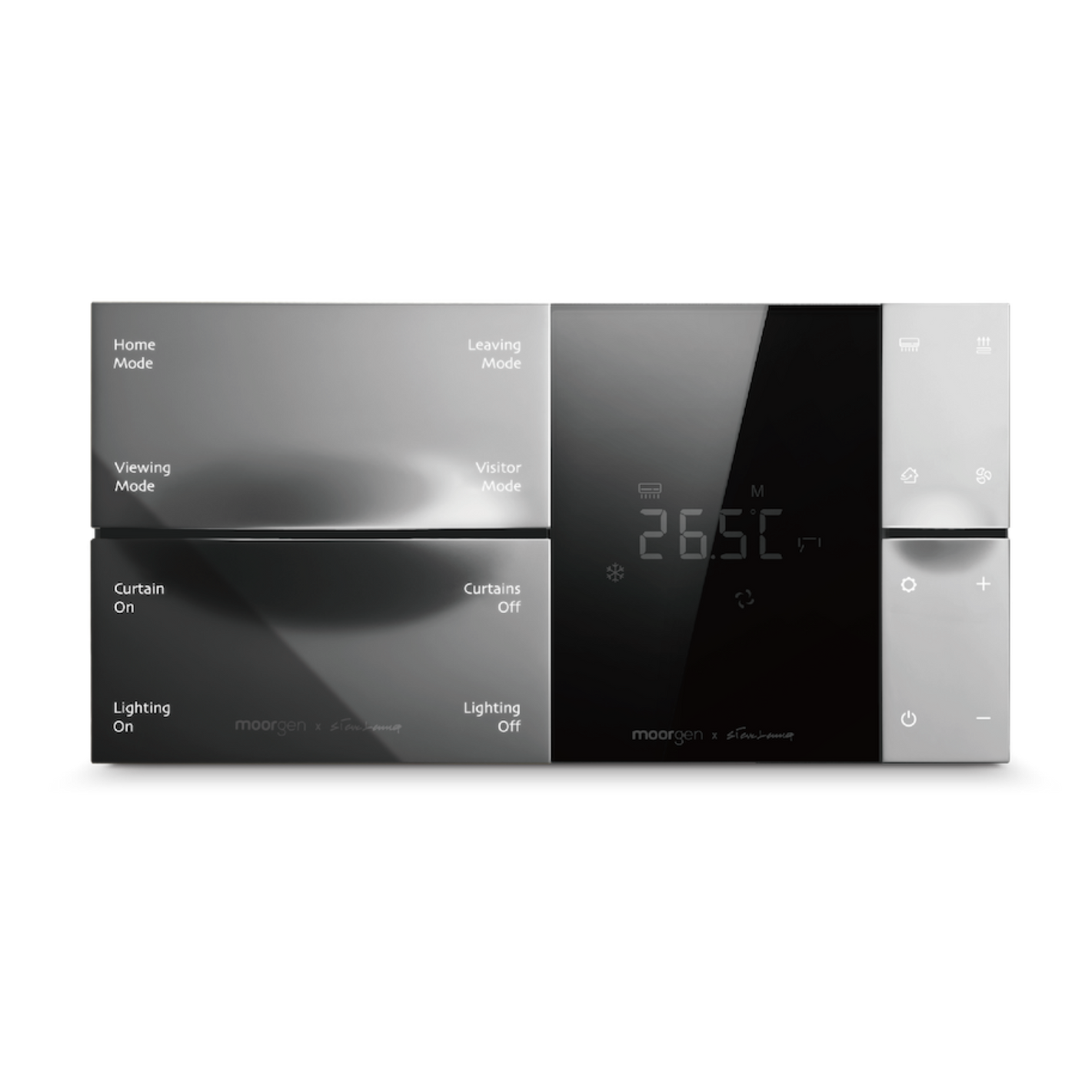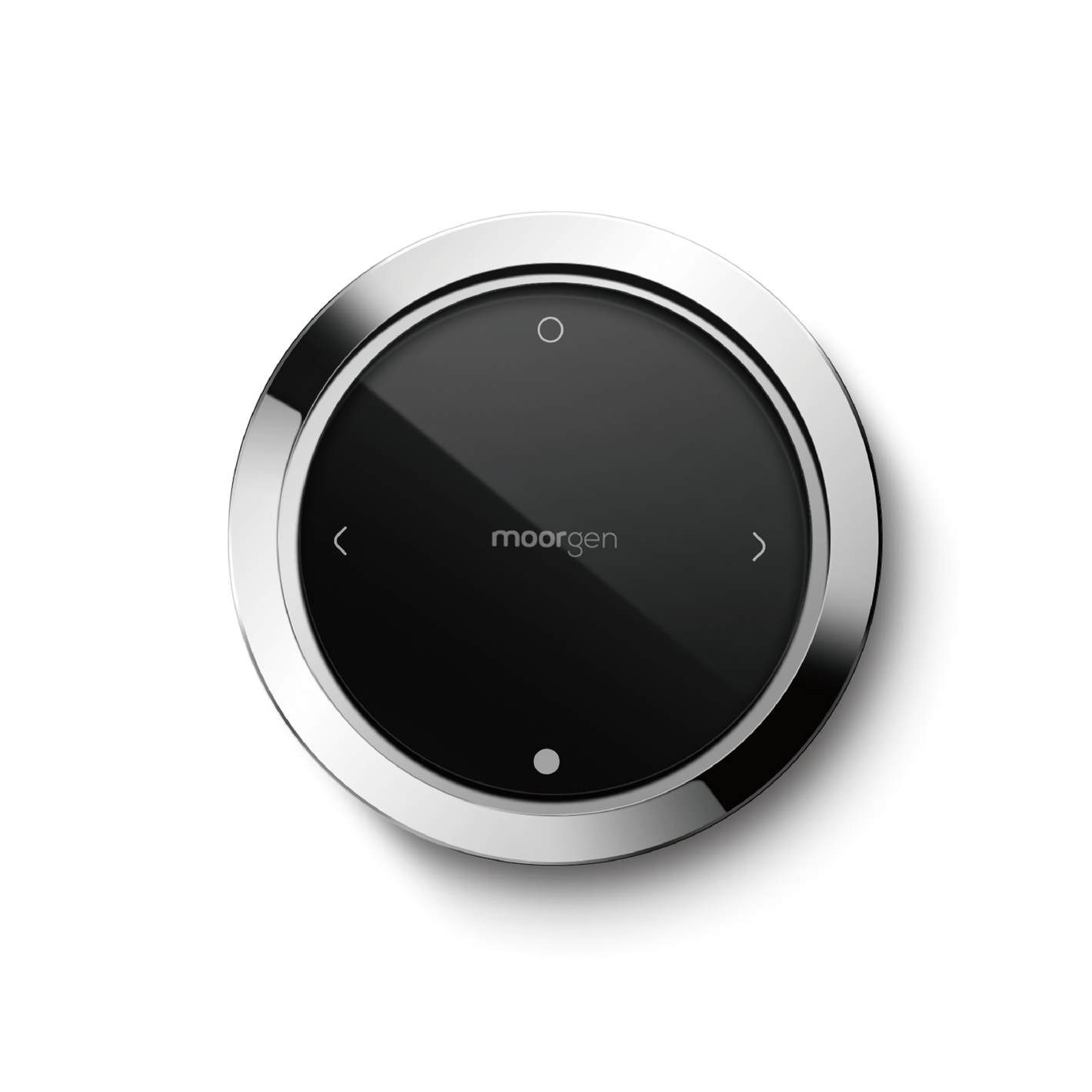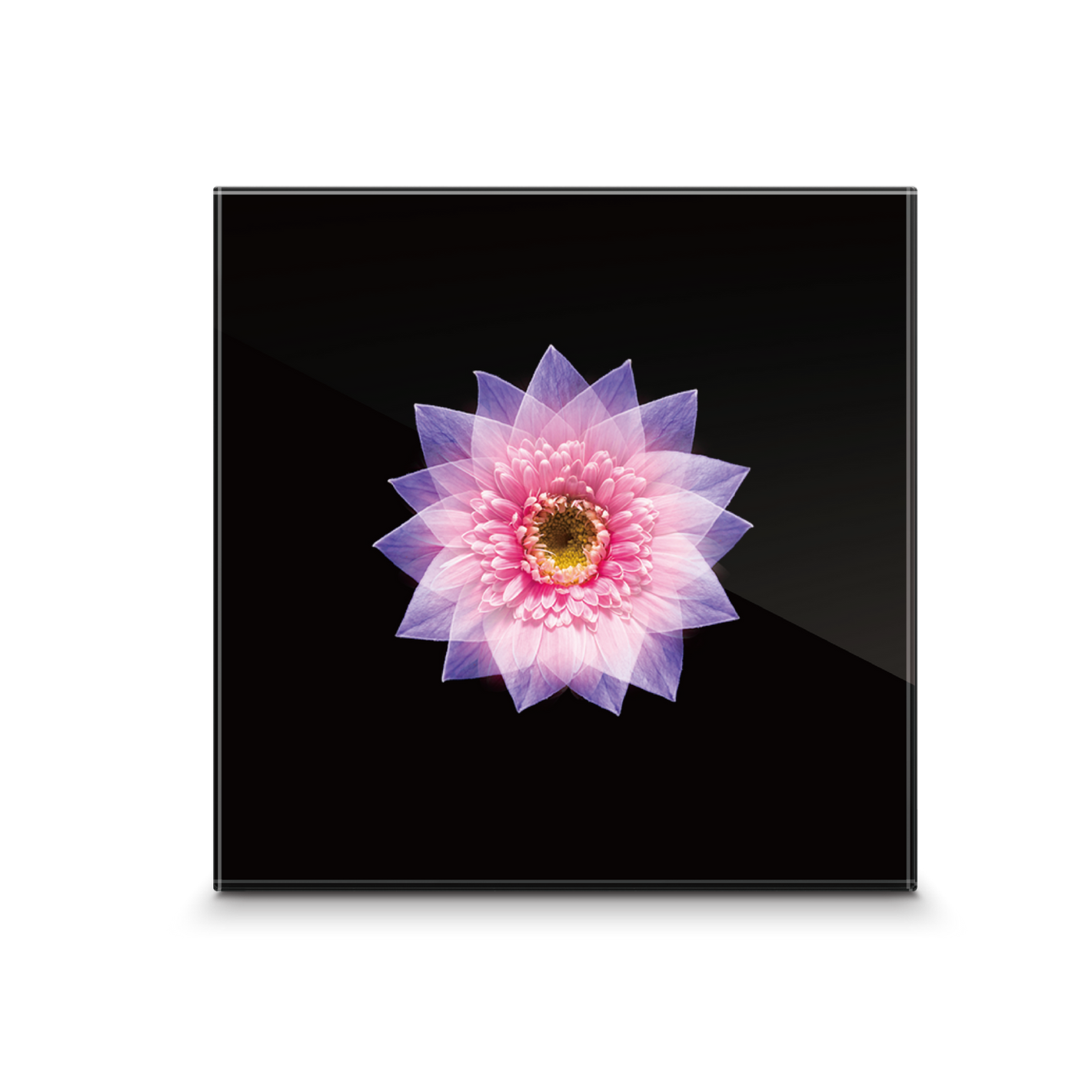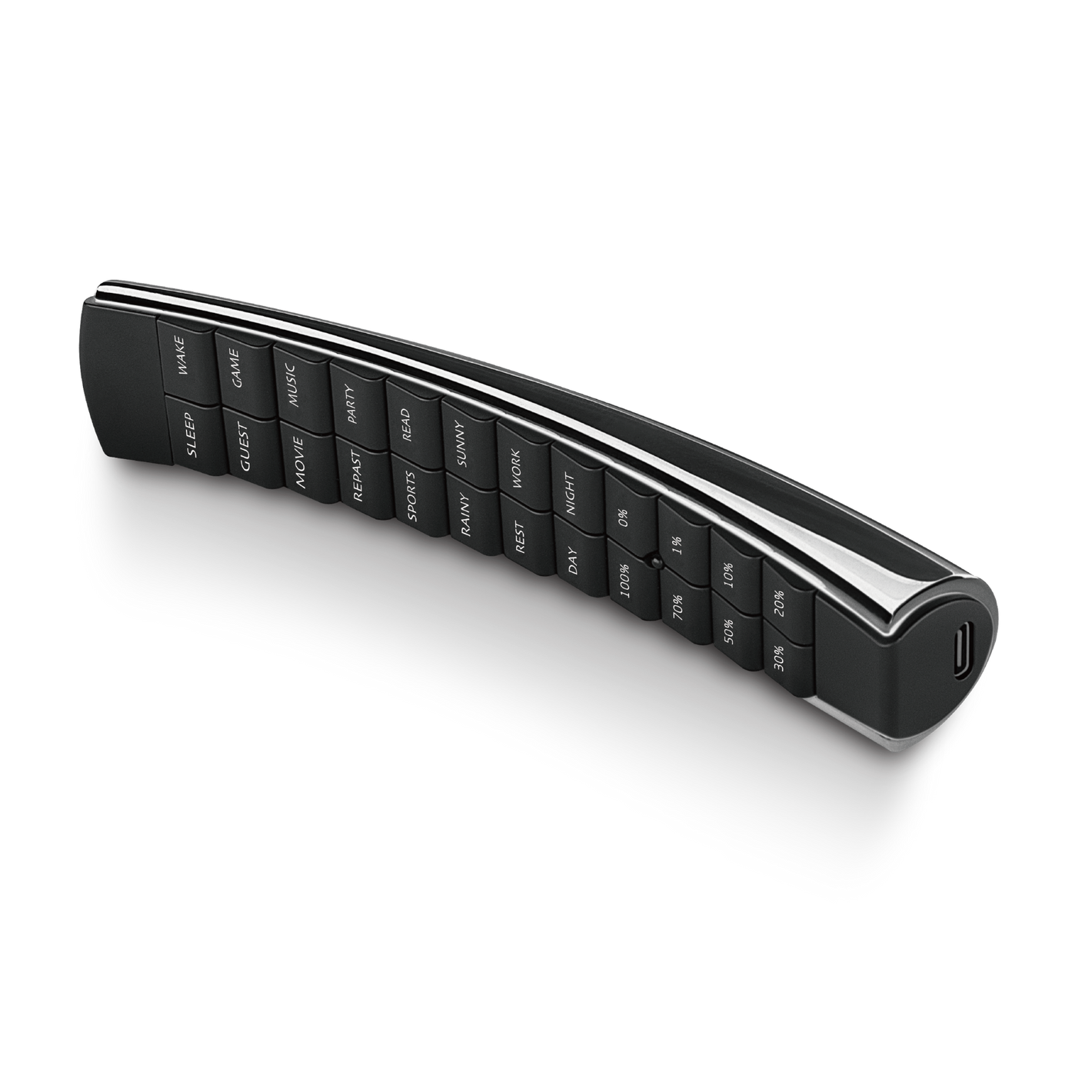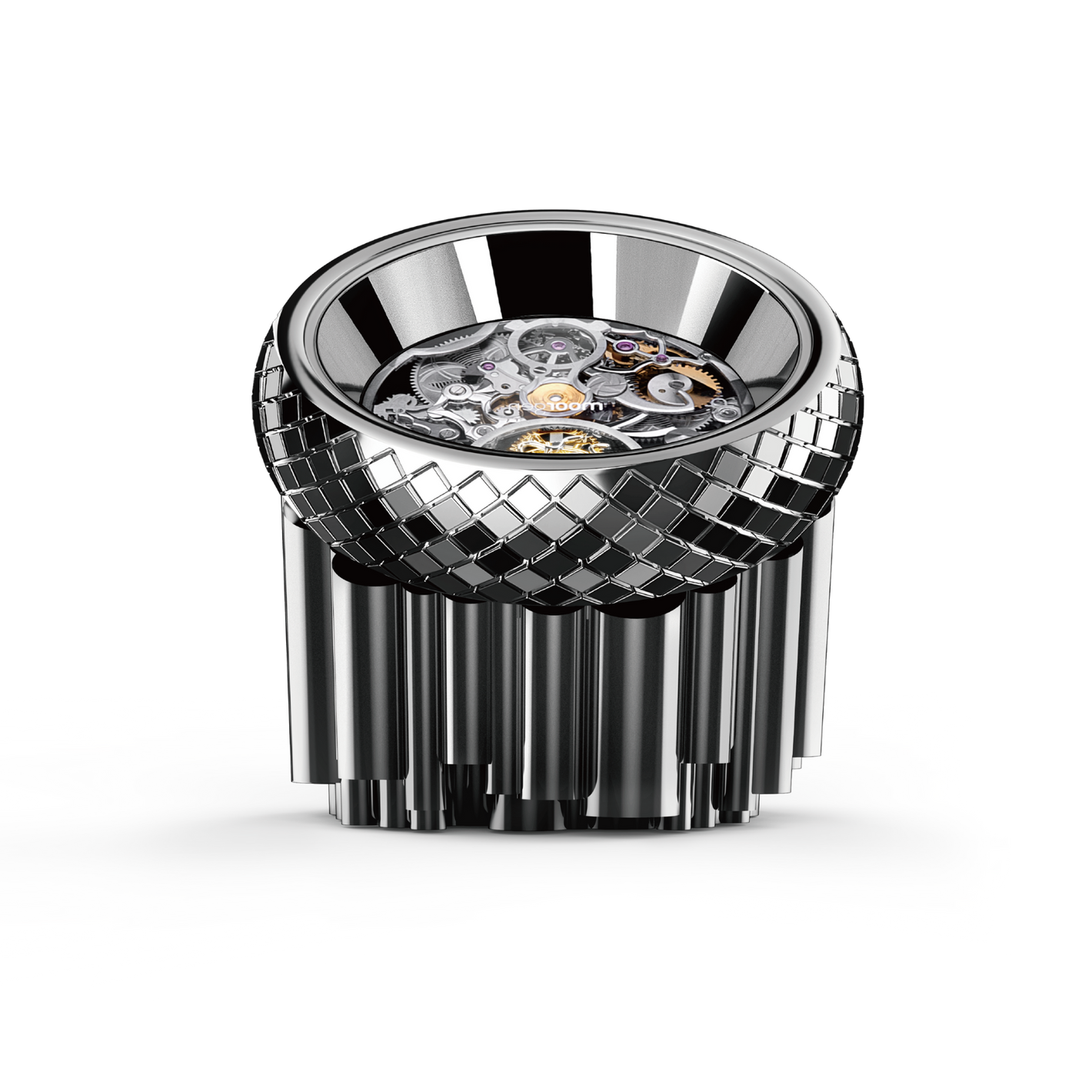Energy-Saving Tips for Washing Machines: Using Hot Water is a Power Hog
A washing machine is a household essential, but do you know how to use it in a way that saves energy? You might think that washing with hot water gets your clothes cleaner, but that’s not always the case. It could be wasting a lot of electricity. Let’s dive into some energy-saving tips for using your washing machine more efficiently.
Use the Right Wash Cycle to Avoid Wasting Power
The wash cycle you choose directly impacts how much electricity you use. Picking the right mode can help you clean your clothes effectively while saving energy.
-
Quick Wash (30-45 minutes)
Best for: Lightweight clothes and lightly soiled items like pajamas or children’s clothes.
Why it works: The quick wash cycle reduces both washing and spinning times. It’s ideal for thinner fabrics or clothes with minimal dirt. Studies show that washing at 30°C is enough to get clothes clean, and you can even try washing at 20°C to save more energy and time. -
Standard Wash (2 hours or more)
Best for: Heavier fabrics, dirtier clothes, and tough materials like jeans, sportswear, or towels.
Why it works: This cycle is great for thicker or more soiled items. However, switch the water temperature to 30°C instead of 40°C—you could save up to 40% on energy in a year. If you’re concerned about germs, use a laundry disinfectant instead of relying on hot water to avoid setting stains with heat.
Pre-Wash by Hand + Machine Wash
For clothes with oil stains or sweat smells, pre-treating by hand before tossing them in the machine can make a big difference.
Why it works: Soak oily clothes in hot water for 15 minutes, then scrub by hand before machine washing to prevent the oil from affecting your machine’s performance. For sweat-stained items, soak them in baking soda before washing to help get rid of odors, as regular washing cycles might not fully eliminate them.
Cold Water Saves Power
Did you know that around 90% of a washing machine’s energy use goes into heating water? Most clothes don’t need to be washed in hot water. Setting the water temperature to around 30°C is enough to get your laundry clean and will significantly cut down on energy consumption.
Wash in Bulk to Reduce Usage
Washing full loads is more energy-efficient than running multiple small loads. Whether your machine is half-full or packed to the brim, it uses about the same amount of electricity. Reducing the number of wash cycles not only saves energy but also helps the environment.
Pro Tip: Soak your clothes before washing. This helps loosen dirt, allowing you to shorten the wash time without compromising cleanliness, ultimately saving power.
Choose the Right Washing Machine
When buying a new washing machine, look for models with a “Grade 1” energy label, which ensures the highest energy efficiency. It’s also important to choose a machine with the right capacity for your household. If you don’t wash large loads often, opt for a smaller, water-efficient machine to avoid wasting water and electricity. For bigger items like blankets, consider using a public laundromat to save wear and tear on your home machine.
Compare Washing Machine Types
There are three main types of washing machines: front-load, European top-load (narrow), and impeller (wide) machines. Each has different features, so choose based on your needs and washing habits.
-
Impeller Machines: These machines have the shortest wash times, cleaning a kilogram of laundry in about 7-20 minutes. They also tend to be more energy-efficient since they don’t heat the water and have slower spin speeds. However, they use more water.
-
Front-Load Machines: These use less water but consume more electricity. Washing a kilogram of laundry can take 17-59 minutes, making them suitable for those who prioritize water conservation.
- European Top-Load Machines: These machines generally take longer to wash (about 32-44 minutes per kilogram of laundry). They are water-efficient but not as energy-saving as impeller machines.
Dry Faster with This Simple Trick
If you use your washing machine’s drying function, throw a dry towel in with your wet clothes. This hack helps speed up the drying process and reduces energy consumption, saving you both time and money.
By making the most of your wash settings, choosing the right type of washing machine, adjusting water temperature, and washing in bulk, you can clean your clothes while saving energy. Remember, cutting back on high-temperature washes and consolidating laundry loads are key to reducing electricity usage. And if you’re thinking of replacing your washing machine, be sure to go for a “Grade 1” energy-labeled model for long-term energy and cost savings.
We hope this Moorgenzine article helps you better understand how to save energy with your washing machine. If you’d like to experience firsthand how smart homes can improve your life, visit Moorgen’s showroom in North Point, Hong Kong, to get a taste of the True Smart Home experience.
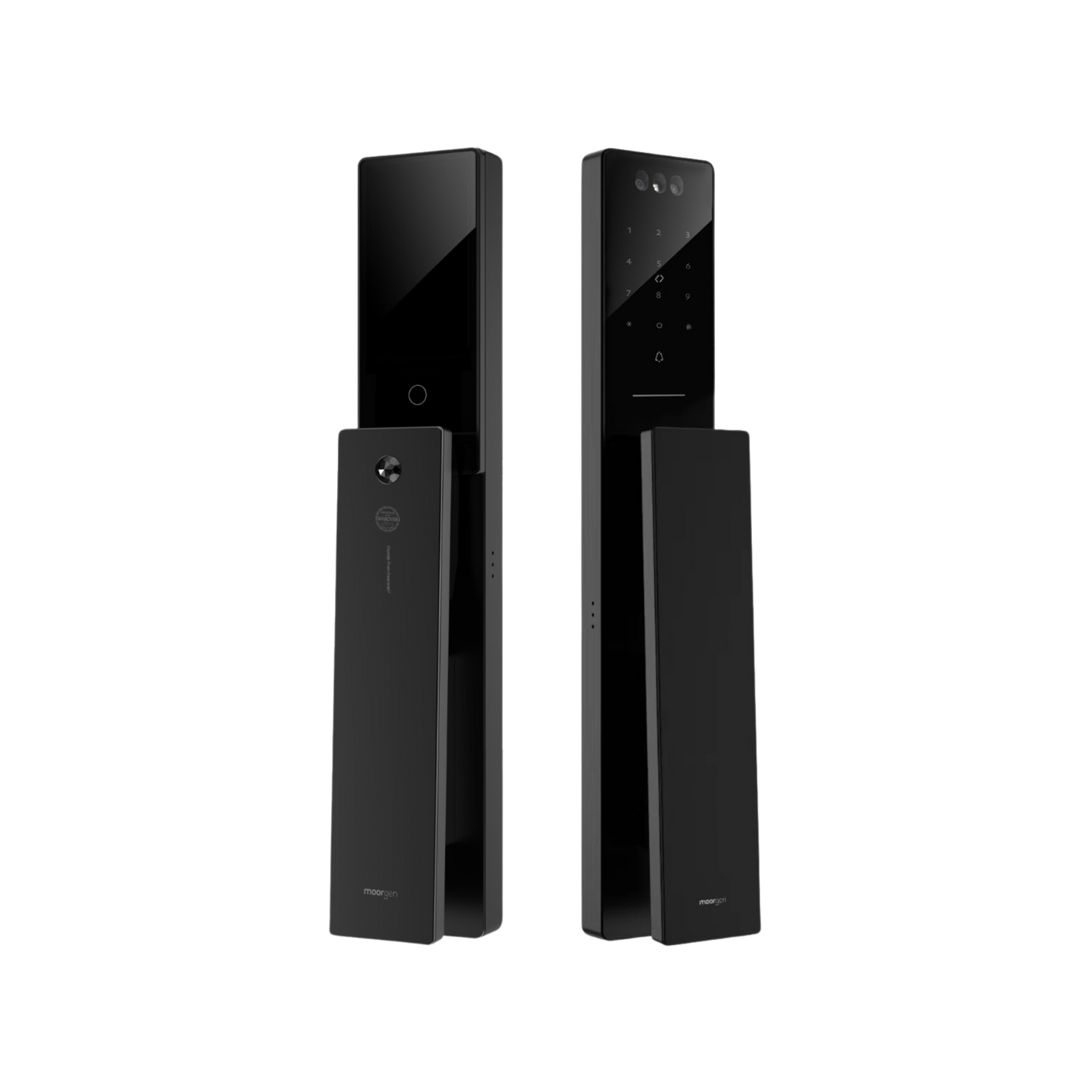




![[Smart Living] How to Choose a Smart Power Strip? Swift Transform Your Home into a Smart Home!](http://moorgen.hk/cdn/shop/articles/blog_cover_moorgen_how_to_choose_smart_power_strip.png?v=1728137093&width=533)
![[Smart Living] How to Choose LED Bulbs? Which Ones Are the Most Energy-Efficient?](http://moorgen.hk/cdn/shop/articles/blog_cover_moorgen_how_to_choose_led_bulbs.png?v=1728136975&width=533)
![[Smart Living] How to Choose an Instant Hot Water Dispenser and Use It Efficiently?](http://moorgen.hk/cdn/shop/articles/blog_cover_moorgen_how_to_choose_instant_hot_water_dispenser.png?v=1728136837&width=533)
![[Smart Living] 5 Energy-Saving Tips for Electric Kettles](http://moorgen.hk/cdn/shop/articles/blog_cover_moorgen_energy_saving_tips_electric_kettles.png?v=1728136710&width=533)
